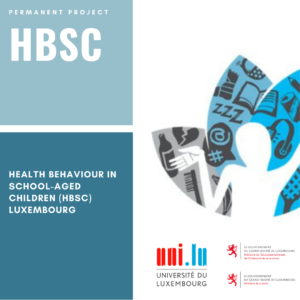Introduction: The Health Behaviour in School-aged Children (HBSC) is a World Health Organization collaborative cross-cultural study of adolescents aged 11–15 years, from 50 countries and regions in Europe, North America and the former Soviet republics. Since 1983 (the first survey round), the sex/gender of the respondents have been categorised with the question “Are you a boy or a girl?”, the response options being “a boy” and “a girl”. In the light of lived experiences of young people and contemporary theoretical and empirical approaches to the measurement of sex assigned birth and gender identity, this item is contested. Research Questions: What are HBSC National Research Teams’ experiences with using this item? What is their position on any potential change or amendment of the item? Have they already made any changes? Do they see potential drawbacks and benefits in changing the item? Method: In Summer 2019, an online survey was conducted with HBSC National Teams, to under-stand member countries’ position on the measurement of sex and gender in the HBSC survey. Results: Of the 50 research teams, 44 responded to the online questionnaire. Opinions on potential changes or amendments of the item were polarised, with 19 teams (43%) not supporting any changes, 15 teams (34%) agreeing with a change, and 10 teams (23%) indicating they don’t know or not sure if changes are necessary. Various arguments were raised for and against any changes or amendments. Six national teams already implemented a change, by adding a third response option, replacing the item, or using additional items. Conclusions: The results demonstrate that the issue of sex and gender in HBSC needs to be addressed, but methodological, political and cultural implications need to be considered. The complexity of this problem makes it impossible to suggest a “one-size-fits-all” solution.
Measuring sex and gender identity in a cross-national adolescent population survey: Perspectives of adolescent health experts from 44 countries
12th Excellence in pediatrics conference - 2020 Book of abstracts
Proposition de citation
Költő, A [A.], Heinz, A., Moreno-Maldonado, C [C.], Cosma, A [A.], Piper, A., Saewyc, E. M. & Nic Gabhainn, S. (2020). Measuring sex and gender identity in a cross-national adolescent population survey: Perspectives of adolescent health experts from 44 countries: 12th Excellence in pediatrics conference – 2020 Book of abstracts. Cogent Medicine, 7(1), Artikel 1848781.



